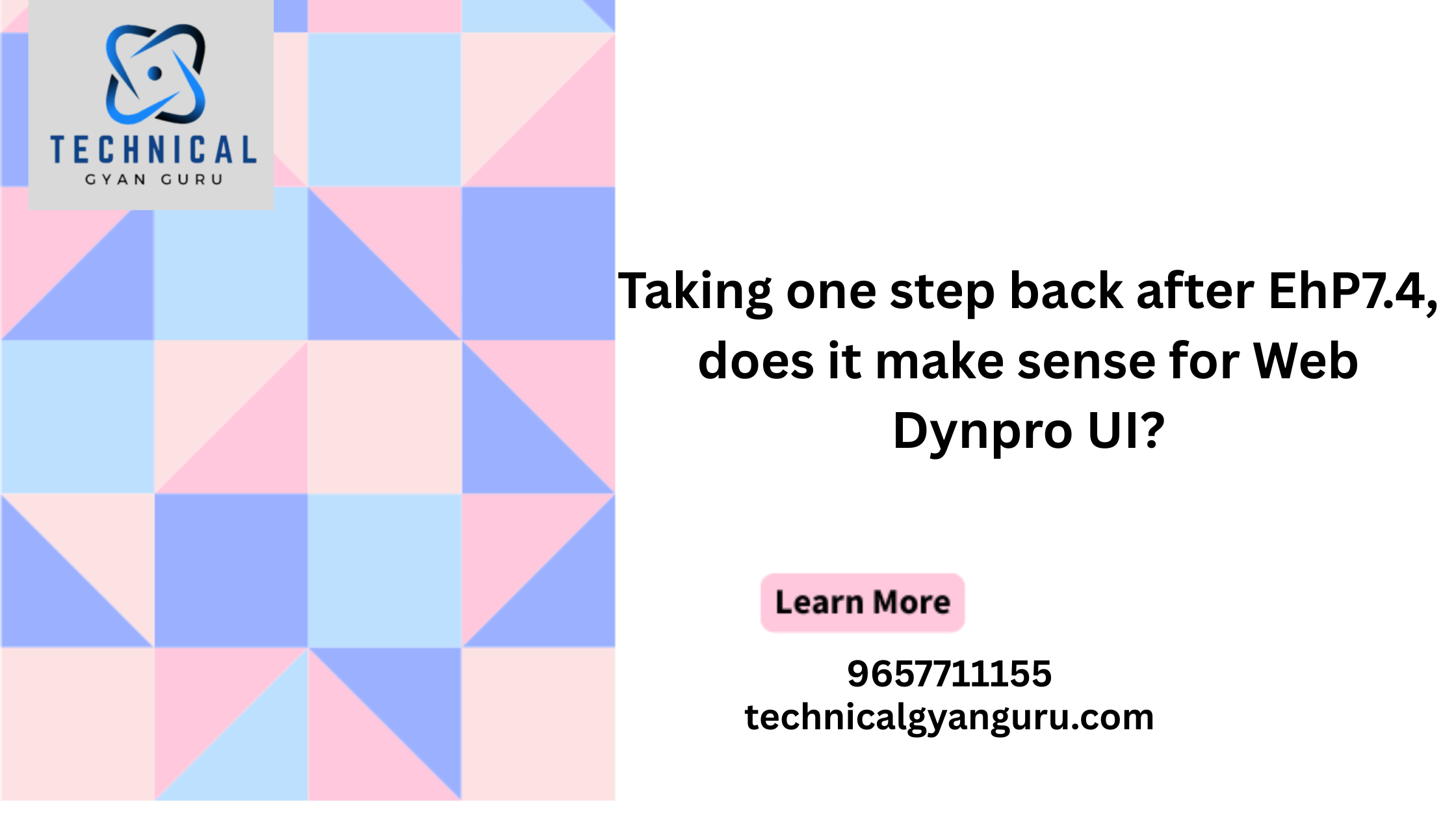One of the challenges in the service industry is to retain customers by providing them with the best services and meeting their expectations. One bad experience can impact the customer’s overall perception. Hence, there is a need to create better experiences and more sophisticated service capabilities. When we add a wow factor to every product and service that we deliver, we retain customer loyalty.
Creating extraordinary and memorable experiences requires removing dependency on engineers for mundane, repetitive tasks that can be automated using technology. With the advent of AI/ML, what can be automated can only be left to the imagination, so humans dedicate time to imagine and create better service and product capabilities.
In serving clients better, let us take the example of service management. There are many intelligent tools available today that can take service management to the next level. However, organizations are unaware of where to start their journey with these tools. There are a couple of major challenges in onboarding these tools—the humungous investment and deciding how ROI can be realized. Fortunately, we have an answer to this. Start today with point solutions!
Let’s understand point solutions in detail and how they can help us drive business more efficiently and effectively.
What are the point solutions?
These are lightweight, easy-to-implement, stand-alone solutions for organizations with no sophisticated platforms and limited budgets. These solutions are highly economical, do not require large infrastructure, and can hugely impact a section or an entire service management process.
These solutions make it easy to handle many complex processes. Some of these solutions are based on thousands of historical records related to the problem statement. They can mimic human intelligence by learning through patterns and actions after being trained on historical data. These solutions can be implemented to guide delivery teams in decision-making by providing insights based on historical data analysis. These insights can further help organizations to identify gaps and suggest steps to drive business growth. Some problems for which we already have a “point” solution in place are:
- Dispatching tickets to the right owners, based on the short and long description of the ticket –ITD (Intelligent Ticket Dispatcher)
- Automating communication during a major incident, making it transparent and seamless through iMIM (Intelligent Major Incident Manager)
- Correlating incidents and service requests to already existing runbooks through iREX (Intelligent Runbook Executor)
A trained point solution can be invoked by any application or tool like Information Technology Service Management (ITSM) or collaboration tool like Teams to predict or take actions to make processes efficient.
Where can we implement point solutions?
- Where do we start?
- You have a limited budget for a sophisticated platform.
- You do not know how you can realize the ROI.
The Big Bang approach to investing in sophisticated and expensive AI/ML platforms does not always lead to realizing benefits. To begin with, we can identify a small problem area and bring in AI/ML capabilities to explore how efficiency can be realized through them. We can also try solving problems like improving certain areas of incident management, service fulfillment, infra forecasting, provisioning, etc., with available point solutions.
Solving one problem at a time will give a holistic vision of the entire IT paradigm. This will be the right time to invest in a sophisticated platform that brings in intelligence to manage end-to-end IT processes.
Lack of sufficient budget for platform solutions or unavailability of a platform does not imply that the client must leave the happening AI/ML party! They can still bring in small improvements using point solutions.
If you are confused about where the monetary benefit lies, start small with point solutions. These solutions come with reports and dashboards capturing important metrics to help you understand the process efficiencies when a certain task is “intelligently” automated. This can be a good precursor to experiment with at negligible cost and prepare for bigger bets.
A possible real-time implementation of a point solution
Every day, the service desk team receives thousands of tickets from customers regarding their issues. The traditional way of dealing with them is:
- Examine the received ticket.
- Identify the impacted application or service area and route the incident to the appropriate team.
This approach brings some challenges. They are mentioned below:
- It takes significant time to analyze and assign the incident to the appropriate group.
- There is a high risk of incorrect assignments, leading to re-assignments and wasting time and effort.
- Multiple reassignments lead to an SLA breach, which can result in huge penalties.
We can overcome these challenges with the use of point solutions. Implementing an automatic ticket assignment system can minimize the multiple reassignments of tickets. The system correctly identifies the assignment group and assigns the best-fit engineer to resolve the ticket. A solution can be triggered as soon as the ticket is created in the ITSM. A classification model, trained on a dataset, is invoked after the trigger. It predicts the assignment group based on the short and long descriptions in the ticket. The ticket can be assigned to the predicted assignment group.
With this solution, ticket hopping can be reduced, which can further reduce the mean time to resolve and thus help delivery teams meet their SLAs. This will also increase customer satisfaction.
Benefits received

- Implementation of a point solution for mundane tasks can be very beneficial for employees.
- Daily work will not be monotonous, and there will be very little manual intervention, which can decrease the attrition rate.
- Delivery teams can focus on learning new technologies to increase their self-value.
- This will offer more opportunities for growth and industry exposure.
Conclusion
Point solutions could be a boon for organizations still relying on mundane practices to accomplish their business objectives. These solutions can reduce the time, effort, and cost spent by these organizations to realize maximum Return on Investment (ROI). A point solution can cater to complex problems an organization has with flexibility. It can accommodate different infrastructures, thus bridging the gap between increasing business demand and expectations.







